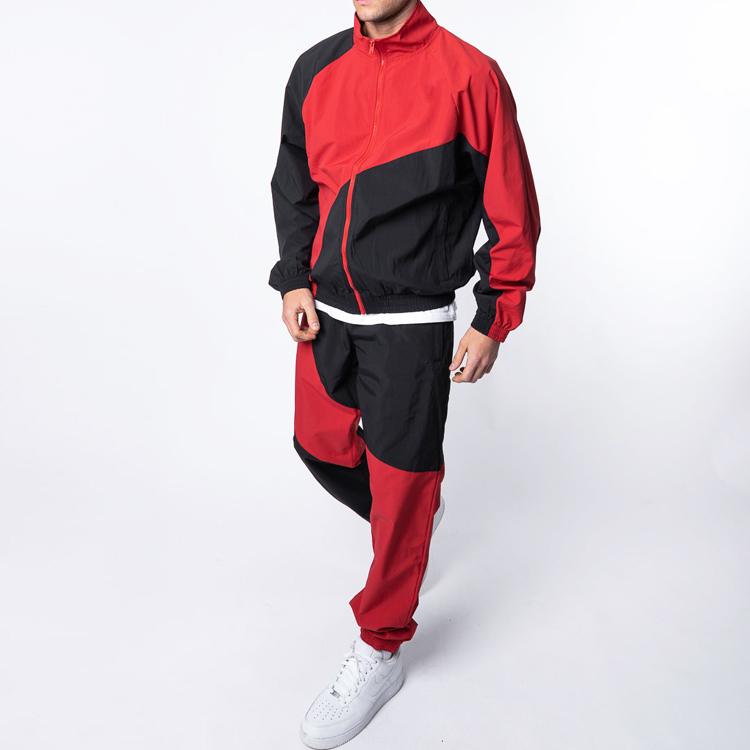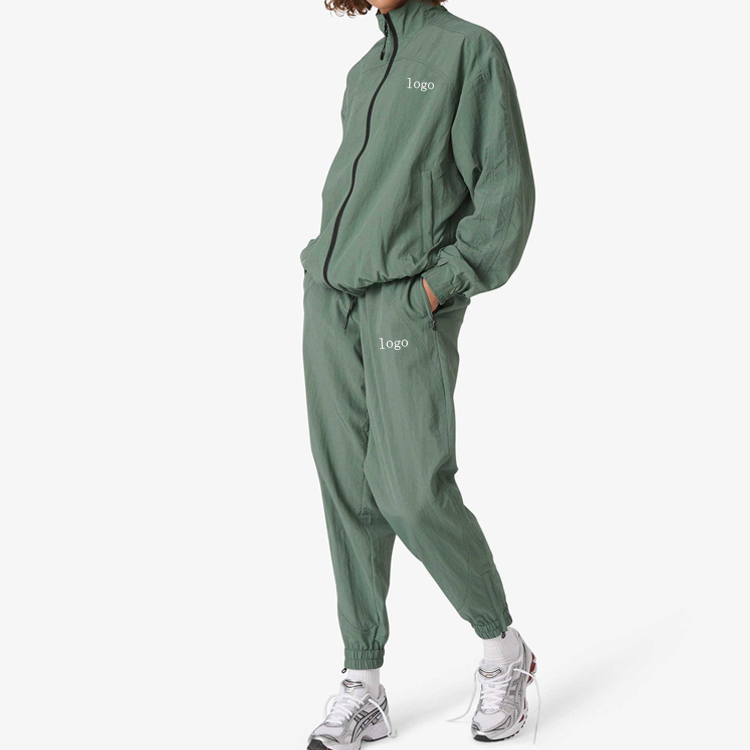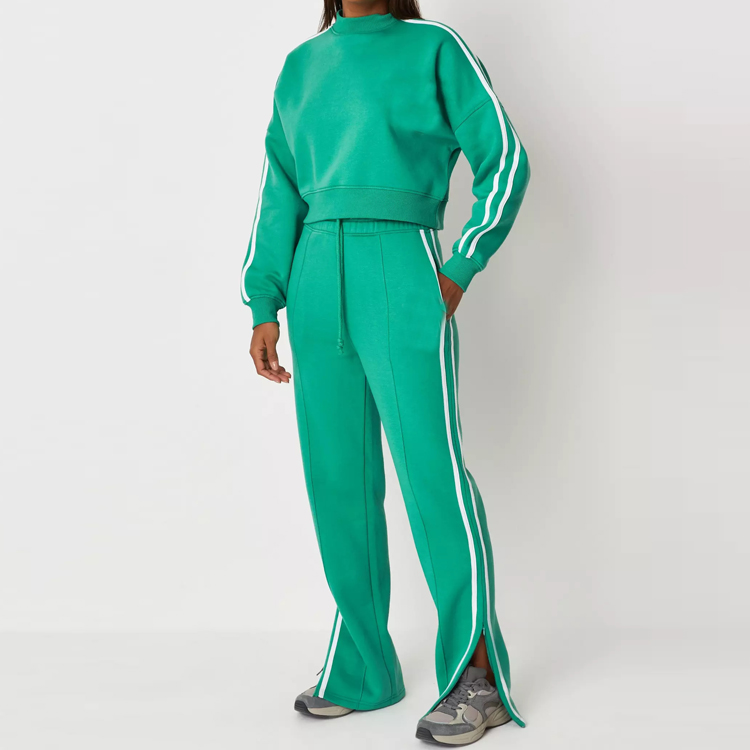Sportswear is generally made of polyester fabrics.
The most common sports suit fabric mixed with cotton is polyester. Polyester has many excellent textile properties and wearability. It is blended with cotton, wool, silk, hemp and
other natural fibers and other chemical fibers to make a wide range of colors and firmness. Wool-like, cotton-like, silk-like and linen-like fabrics that are crisp, easy to wash and dry,
non-ironing, washable and wearable.
Because you need to sweat a lot during exercise, wearing pure cotton clothes is indeed very sweat-absorbent, but the sweat is absorbed on the clothes, and the clothes become
wet and difficult to evaporate. And many sports fabrics, such as CLIMAFIT of ADIDAS, DRIFIT of NIKE and ATDRY of Li Ning, are all 100% polyester. Such fabrics can quickly
evaporate sweat after you sweat, so you will not feel it. The heaviness of any clothes will not stick to the body.
Extended information:
Advantages of polyester:
1. high strength. The short fiber strength is 2.6~5.7cN/dtex, and the high strength fiber is 5.6~8.0cN/dtex. Due to its low hygroscopicity, its wet strength is essentially the same as its
dry strength. The impact strength is 4 times higher than that of nylon and 20 times higher than that of viscose fiber.
2. Good elasticity. The elasticity is close to that of wool, and when it is stretched by 5% to 6%, it can be almost completely recovered. The wrinkle resistance exceeds other fibers,
that is, the fabric does not wrinkle and has good dimensional stability. The modulus of elasticity is 22-141cN/dtex, which is 2-3 times higher than nylon. .Polyester fabric has high
strength and elastic recovery ability, so it is durable, wrinkle-resistant and non-ironing.
3. Heat-resistant polyester is made by melt-spinning method, and the formed fiber can be heated and melted again, which belongs to thermoplastic fiber. The melting point of
polyester is relatively high, and the specific heat capacity and thermal conductivity are small, so the heat resistance and heat insulation of polyester fiber are higher. It is the best
among synthetic fibers.
4. Good thermoplasticity, poor melting resistance. Due to its smooth surface and tight internal molecular arrangement, polyester is the most heat-resistant fabric among synthetic
fabrics. It is thermoplastic and can be made into pleated skirts with long-lasting pleats. At the same time, polyester fabric has poor melting resistance, and it is easy to form holes
when encountering soot and sparks. Therefore, try to avoid contact with cigarette butts, sparks, etc. when wearing.
5. Good abrasion resistance. Abrasion resistance is second only to nylon with the best abrasion resistance, better than other natural fibers and synthetic fibers.
Post time: May-16-2023


